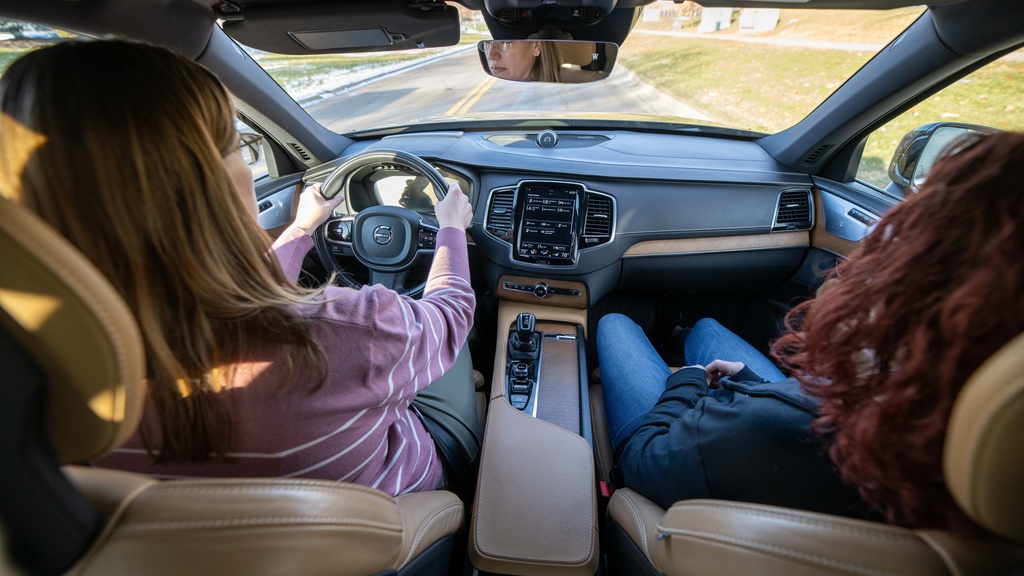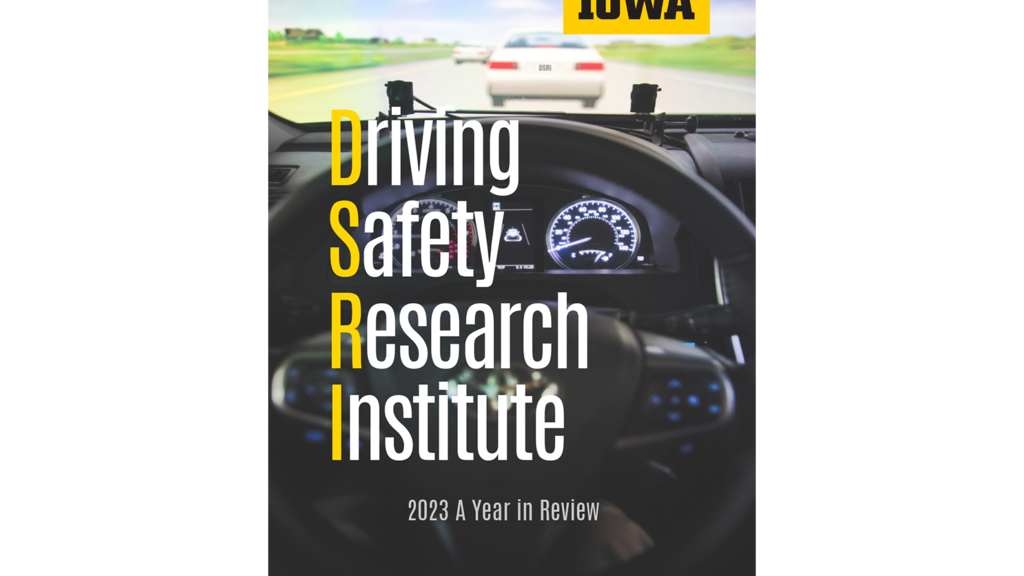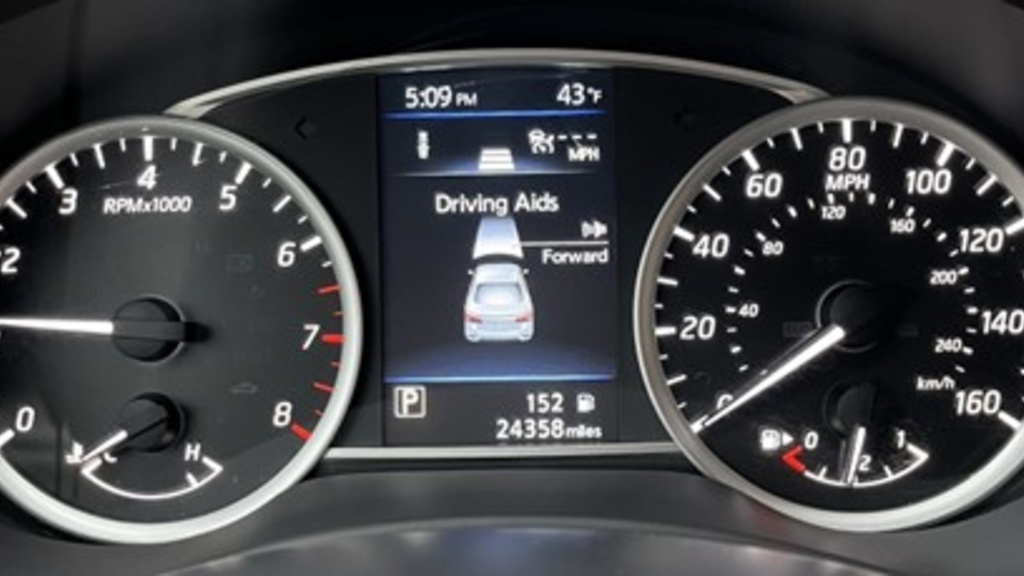Human Factors Research
Our work enhances safety through understanding the human-vehicle relationship.
Technology: We work to understand and advance vehicle technology and simulation science.
Understanding: We explore methods for improving driver performance and understanding of technology, such as driver training and studying mental models.
Performance: We aim to identify and shift the limits of the human-machine relationship by studying
- Drowsy and distracted driving
- Novice or young drivers
- Older drivers
- User interfaces
Mobility: We work to enhance mobility with the use of connected and automated vehicles through research and outreach.
Contact

John Gaspar
Title/Position
Director of Human Factors Research
News: Human Factors

UI researcher studies effects of taking breaks, caffeine on drowsy drivers
Monday, July 7, 2025
Drivers who feel drowsy could benefit from taking breaks, but the gains in driving performance appear to be temporary, according to a new study led by John Gaspar, director of human factors research.

2024: A Year in Review
Friday, December 20, 2024
The Driving Safety Research Institute works with students from across the country, and learn about their research on assessing driver monitoring systems, understanding of advanced driver assistance systems, connected simulation, and new features to miniSim in our 2024 Year in Review.

Iowa research examines impact of ‘road diets’ on emergency response
Friday, August 9, 2024
A new study from University of Iowa researchers examines how converting four-lane roads to three-lane roads impacts emergency responses.

A Plethora of Driver Monitoring System (DMS) Data
Monday, April 15, 2024
Researchers at DSRI have combined data sets from six past studies that all looked at the use of various driver monitoring systems (DMS) to detect drowsiness, distraction, and other types of impairment.

Two simulators, One simulation
Monday, March 25, 2024
In a multi-year project to connect the NADS-1 and NADS-2 simulators into the same virtual environment, the DSRI team upgraded the hardware and vehicle cab of the NADS-2 simulator. A new full cab is in the NADS-2 space, with a motion base for the cab that uses the miniSim architecture.

The ADAS experts
Monday, February 12, 2024
Our investigators have been working on a series of studies analyzing advanced driver
assistance systems (ADAS) technology and consumer understanding of ADAS features.

2023: A Year in Review
Monday, January 1, 2024
Check out our recent highlights and accomplishments from the Driving Safety Research Institute, home of the National Advanced Driving Simulator.

UI researchers studying ADAS features and crashes
Tuesday, August 1, 2023
They are looking for drivers who have been involved in a crash or near-crash situation in the past 12 months while driving a vehicle equipped with at least one ADAS feature to participate in a study.

University of Iowa research sheds light on drowsy driving, including risk factors, sleepiness questionnaires & ADAS applications
Monday, July 31, 2023
Drowsy driving is thought to be a probable cause in almost 40% of investigated highway crashes. While our researchers found that notifications do little to change driver performance, nothing replaces quality sleep before a long drive.

An alternative to touchscreens? In-car voice control is finally good
Thursday, February 16, 2023
This Ars Technica article features commentary from University of Iowa Driving Safety Research Institute director, Daniel McGehee.
Pagination